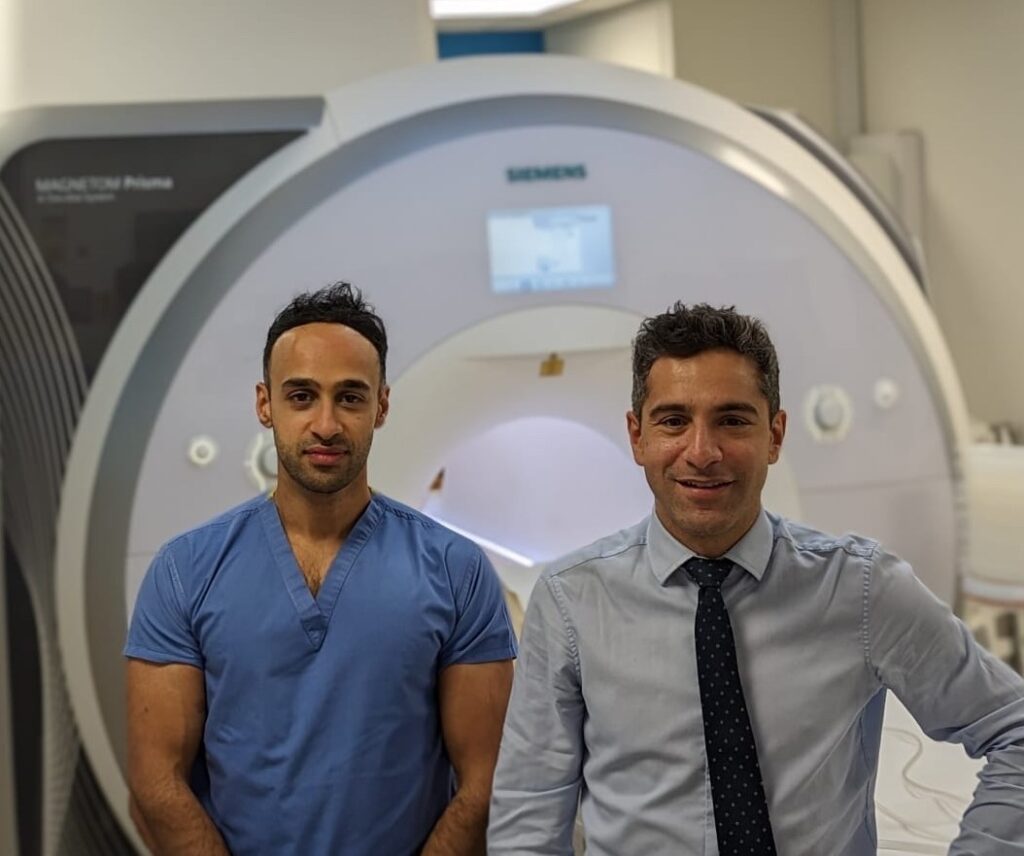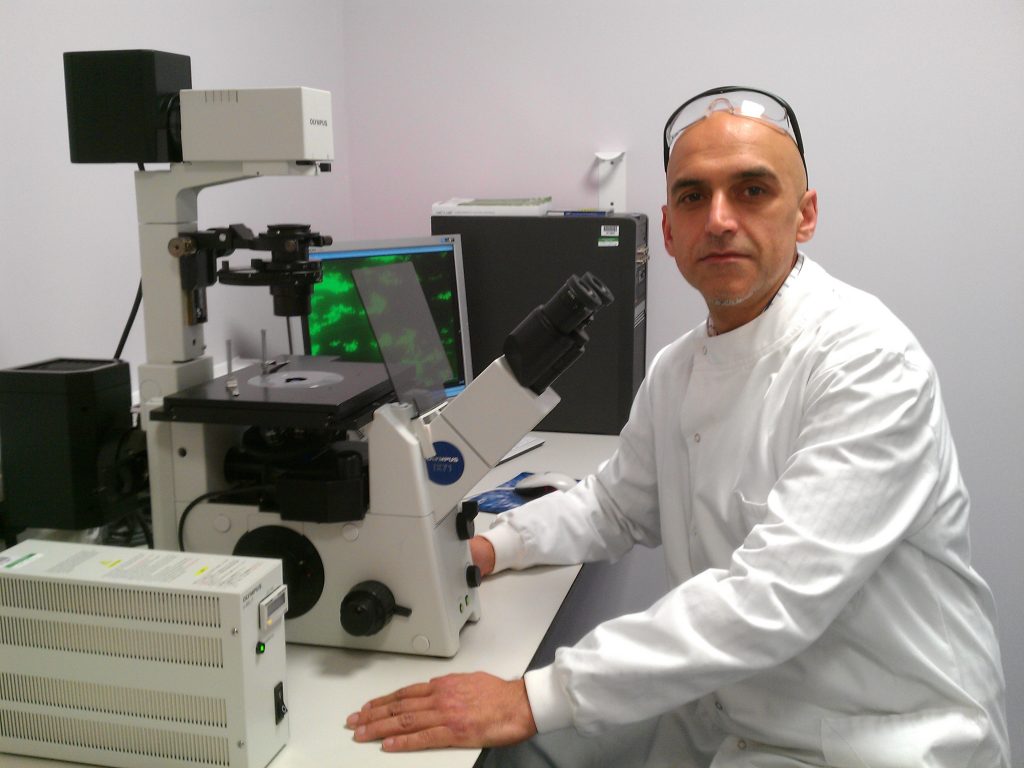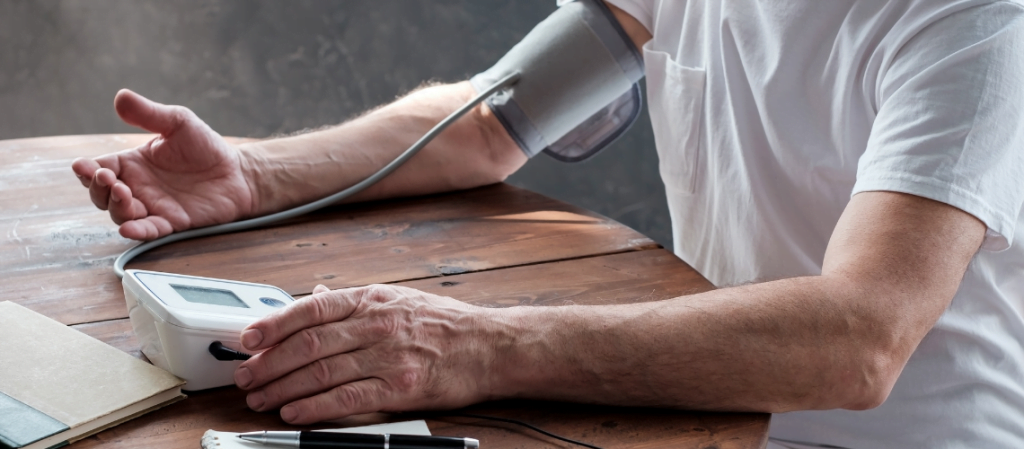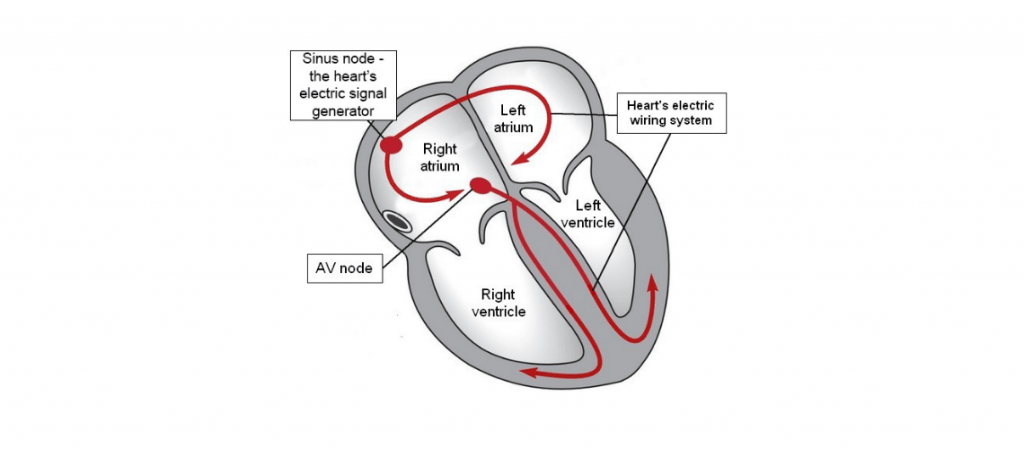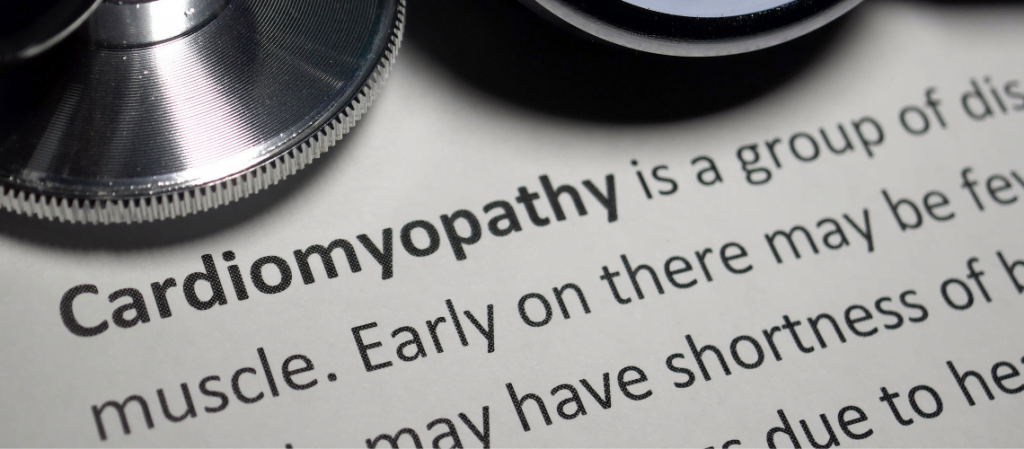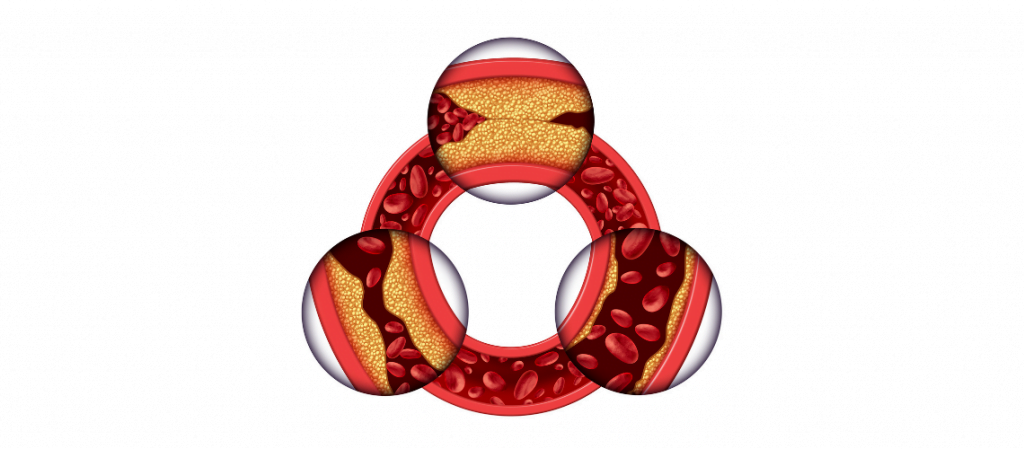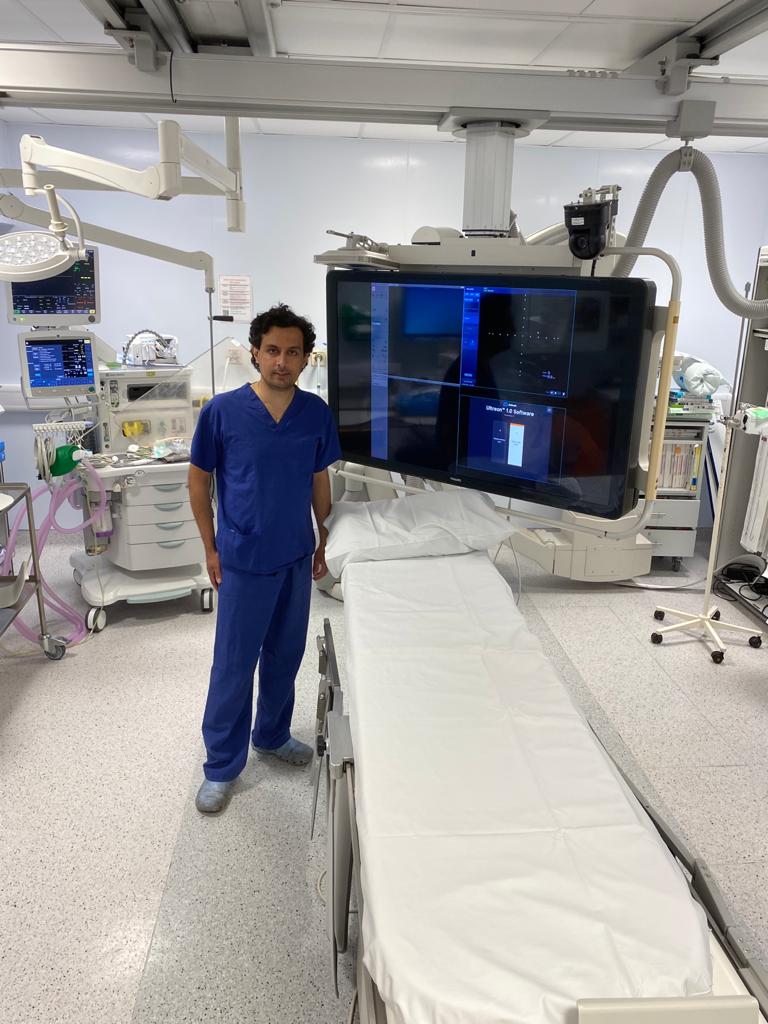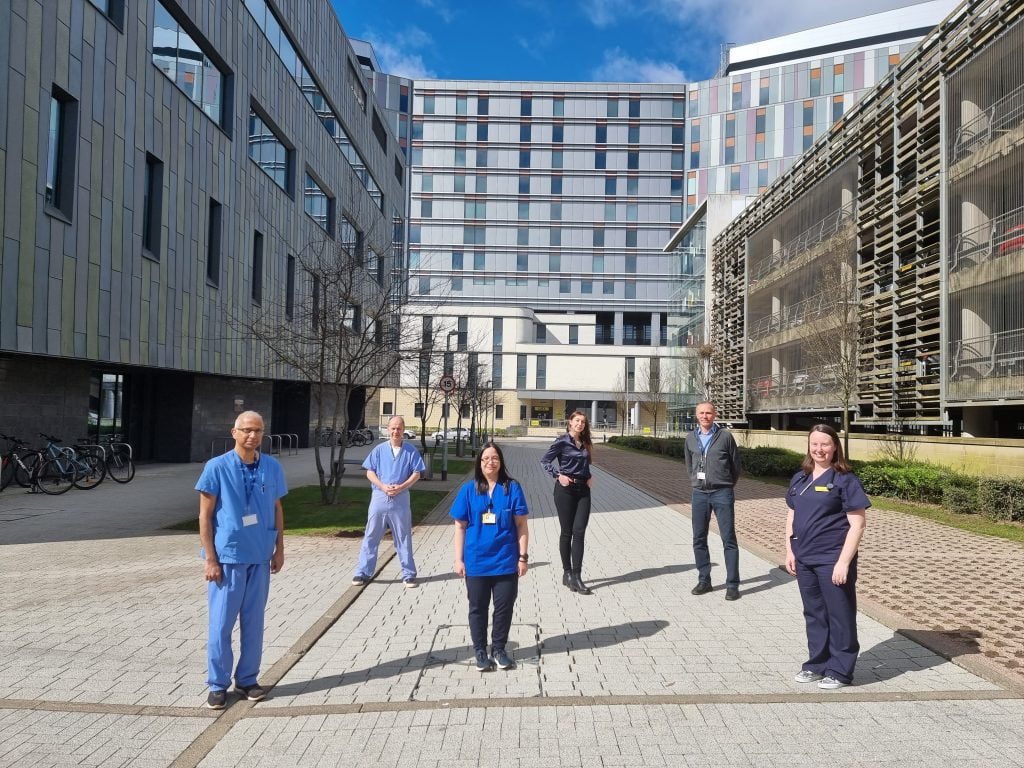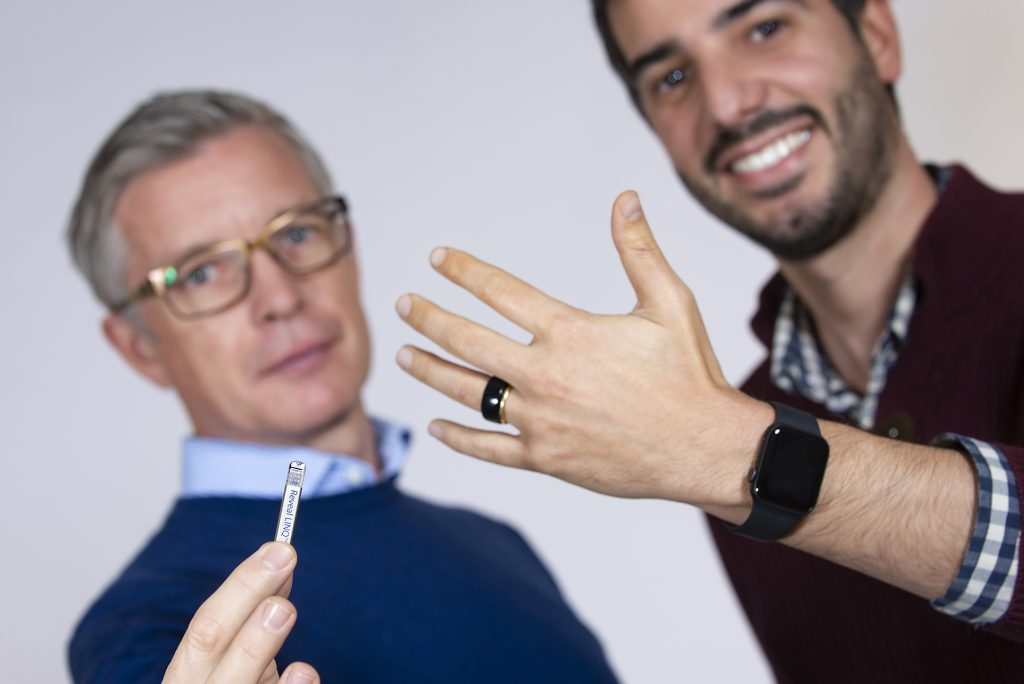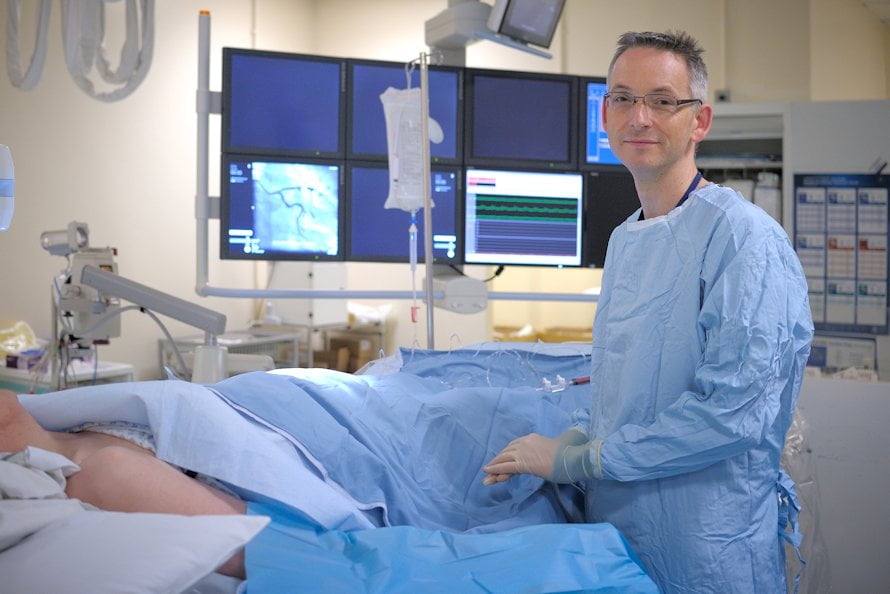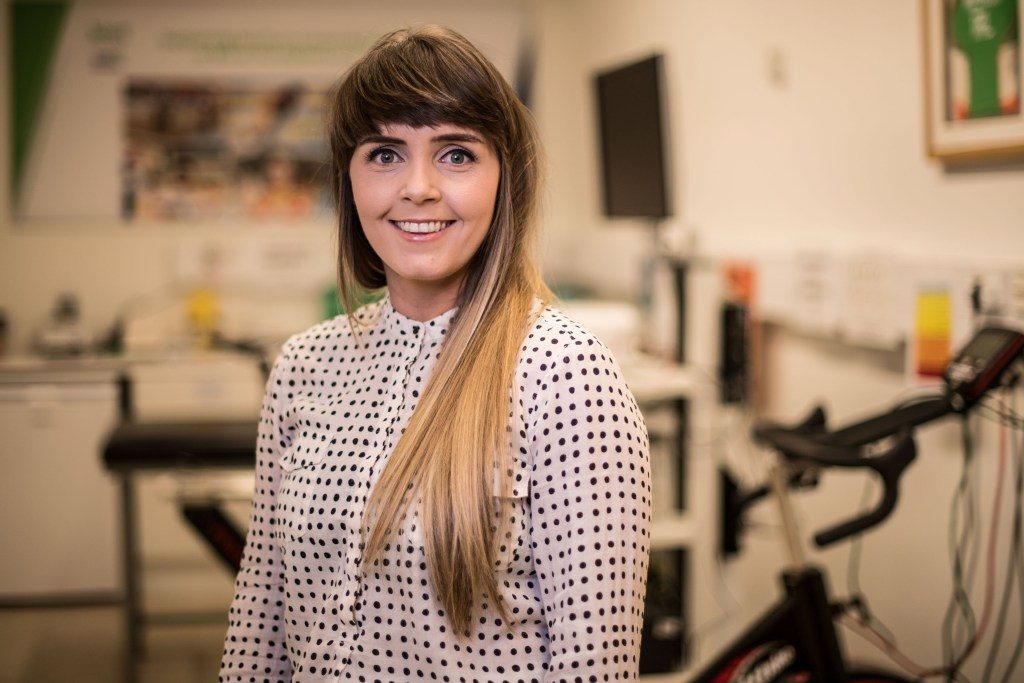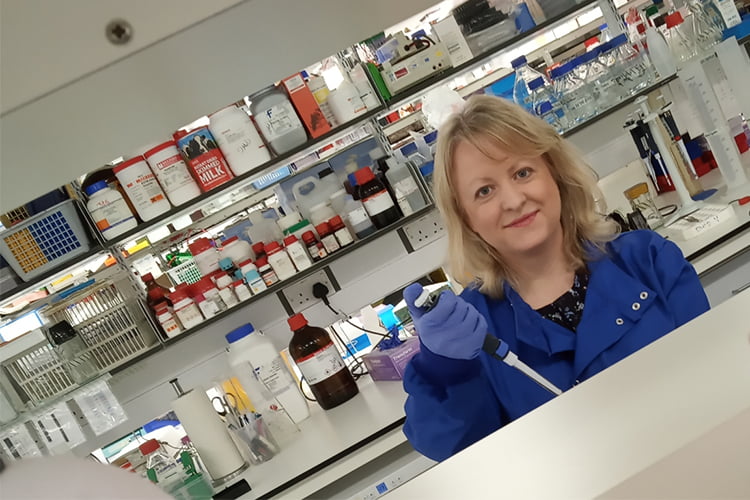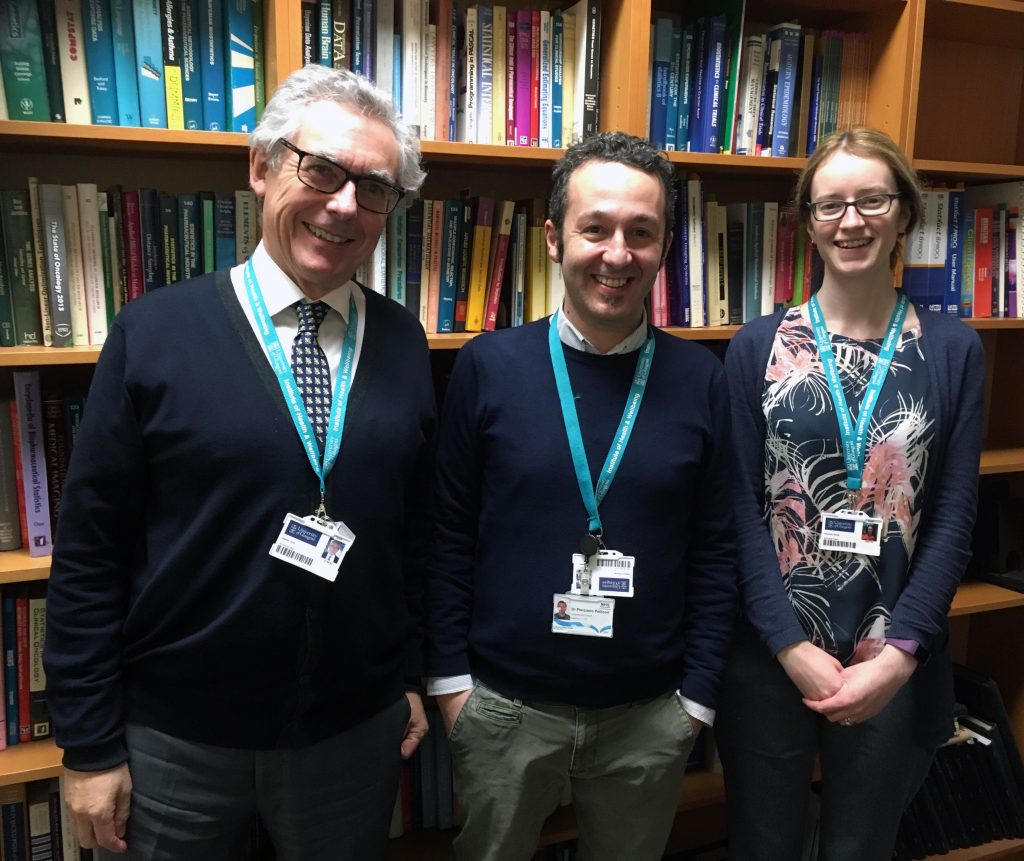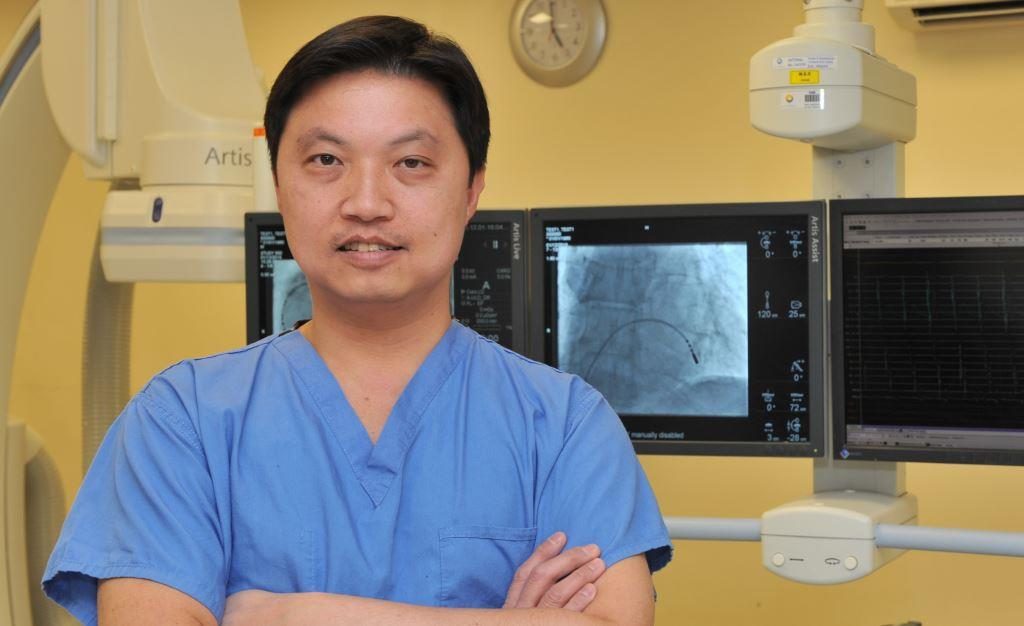A cardiac arrest is when the heart suddenly stops beating, and breathing is abnormal or has stopped. Without urgent help, the person will die. Cardiopulmonary resuscitation, or CPR, is when chest compressions are given to a person following a cardiac arrest, to keep them alive until emergency help arrives.
How to do CPR on an adult
Before you approach a person who has collapsed, check the surroundings for danger.
- Shout for help.
- Shake them gently to check for a response.
- Look and listen for signs of normal breathing.
- Look for the rise and fall of their chest.
If the person is unresponsive and not breathing normally, call 999 and start CPR straight away. Do not leave the person if you are on your own.
If someone else is nearby, tell them to call 999 and ask for an ambulance, and to find the nearest automated external defibrillator (AED).
- Call 999.
- Put the phone on loudspeaker and tell them you are with someone who is not breathing.
- The ambulance call handler will guide you through how to give CPR and tell you where the nearest AED is.
- Start chest compressions.
- Kneel by the casualty.
- Put the heel of one hand on the centre of the chest.
- Put your other hand on top of the first and interlock your fingers.
- Keep your arms straight and push down firmly to a depth of about 5-6cm, and release.
- Repeat this twice per second and don’t stop.
The beat of the Bee Gees song ‘Staying Alive’ can help you keep the right speed.
- If you have an AED, switch it on.
It will provide clear instructions and talk you through what you need to do.
If you have a helper, ask them to switch it on and follow the voice prompts while you continue with CPR.
- Continue CPR until: –
- Emergency help arrives and takes over.
- The person shows signs of life and starts to breath normally.
- An AED is ready to be used.
- You are too exhausted to continue (if you have a helper, you can swap over every one or two minutes).


